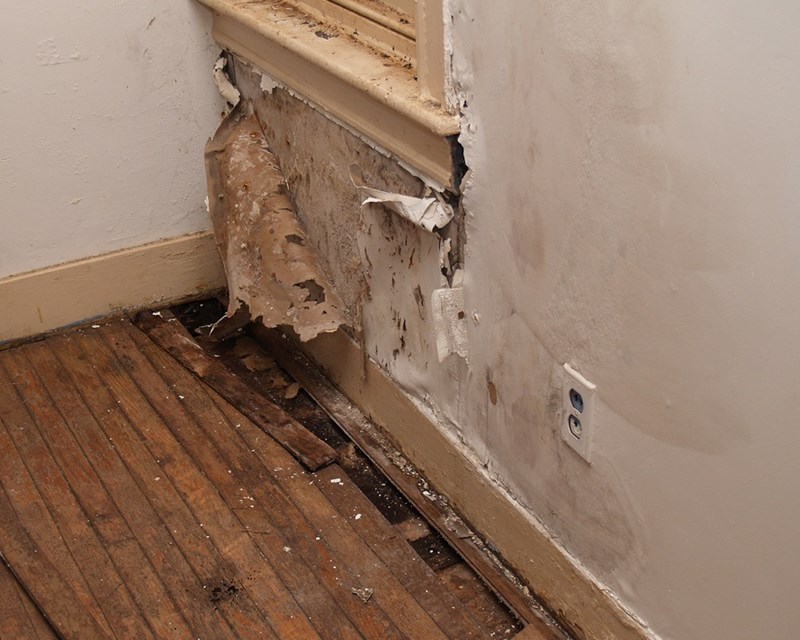What are your thoughts regarding How to Fix a Water Damage Bathroom?

The washroom is exceptionally vulnerable for moist accumulation and potential water damage due to the constant use water in it. This article offers simple examination strategies to aid discovering water damage risks.
The frequent use of water in the bathroom makes it extremely at risk for wet buildup as well as prospective water damage. By examining it routinely, you can reduce water related problems.
The adhering to collection of assessments is simple to carry out and need to be done as soon as in every 3 months in order to keep your restroom healthy and also to avoid potential water damages brought on by the bath tub, the shower, pipeline joints as well as plumbing, sinks, cabinets, as well as the bathroom
Do not overlook carrying out these inspections as well as be extensive while doing them. Keep in mind that these simple inspections can conserve you a great deal of cash by offering early indications for water damages
Tub as well as Shower
The shower and also tub need special focus and also upkeep. Check the tiles and also change if broken. Make sure that there is no missing out on cement in between the ceramic tiles. Examine and change broken caulking at joints where the walls fulfill the flooring or the bathtub. Obstructed drains pipes as well as pipes troubles will stop the tub from drying and also may indicate severe issues beneath the bath tub. Speak with a specialist right away to stop architectural damages. Take note of discolorations or soft locations around the bathtub wall surfaces as they may show an interior leakage.
Plumbing
Signs for water damage are tough to find because most pipes are installed inside the wall surfaces.
Pay special attention to floor covering as well as wall surfaces moisture and also spots as they may show an undetectable plumbing problem. Examine wetness degrees in adjacent rooms too.
Sinks and Cabinets
Sinks and also cupboards are exposed to wetness and moisture daily and also are frequently forgotten. Examine regularly under the sink as well as on the countertop over it. Repair any kind of drip in the trap as it might suggest drainpipe problems. Browse the sink, slow-moving draining pipes might indicate an obstructed drain. Change sink seals if they are cracked or loose.
The Commode
The bathroom is an at risk water junction. Inspect the water lines and search for leakages around the toilet seat, in the pipe, and under the water storage tank. If you identify any type of indicators of moisture on the flooring around the commode, check for leakages in the toilet rim as well as storage tank seals.
Realize that hanging toilet dish antiperspirants enhances the opportunities for clogs.
Water Damage Signs In The Bathroom To Avoid Cleanup
Musty smell
This is one of the easiest signs to catch because musty smells are so odorous. The damp, earthy, moldy smell should be a big red flag. The smell will develop when moisture gets trapped in surfaces, and begins to facilitate mold growth. Leaking pipes under cabinets, inside walls, and behind shower fixtures will cause moisture to stay trapped and not dry, which will lead to mold growth and spread. As soon as you notice any musty smells in your bathroom, have it checked for hidden water damage and cleanup signs.
Visible mold
If the smell isn’t there to give it away, sometimes you will actually see mold growth. Finding mold in your bathroom is a serious problem, because mold is very harmful to your health. By the time mold growth is visible, it also means that water damage has already occurred and been present for some time. The only way the mold problem can be resolved is to find the source of the moisture and get it stopped. To safely and adequately remove mold, you need to have professionals handle the remediation. Do not waste any time in getting mold problems addressed, fixed, and sanitized so that you can protect you and your family from the many respiratory symptoms caused by mold exposure.
Damaged floors
Bathroom floors should be able to withstand some exposure to water while still remaining in good condition. However, when excess exposure or water leaks occur, they will begin to damage even the most water-resistant flooring. If you notice any cracking, bubbling, staining, or warping on your bathroom floors, there is probably a water leak somewhere causing the distortion. If you notice areas of the floor have become softer, or even have a spongy feeling, there is probably damage to the subfloor. Subflooring is typically made up of plywood. When plywood is exposed to water or moisture, it will absorb it. Once it has become saturated, the weight of the excess water will cause the wood to swell and soften. Check the floors in your bathroom frequently to catch any of these sings before they lead to damaged subflooring.
Changes on walls
When water leaks behind walls, it will cause changes in the drywall. Peeling plaster, blistering paint, and soggy wallpaper are all good indicators that excess water is building up behind the wall. Water leaking behind drywall will cause it to swell and be soft to the tough. If you start to notice gaps along the trim of your walls, or where tile meets the wall, it could also be a strong indicator that there is a leak behind the wall. Any changes, distortion, or damage on the walls should be evaluated as soon as you notice it to prevent further water damage and cleanup.

I am very interested by Looking for Signs of Water Damage in the Bathroom and I hope you liked the post. Do you know about another person who is truly interested in Preventing Water Damage in the Bathroom? Be sure share it. We cherish reading our article about Preventing Water Damage in the Bathroom.
Go Deal Now
Comments on “How to Stop Bathroom Water Damage”